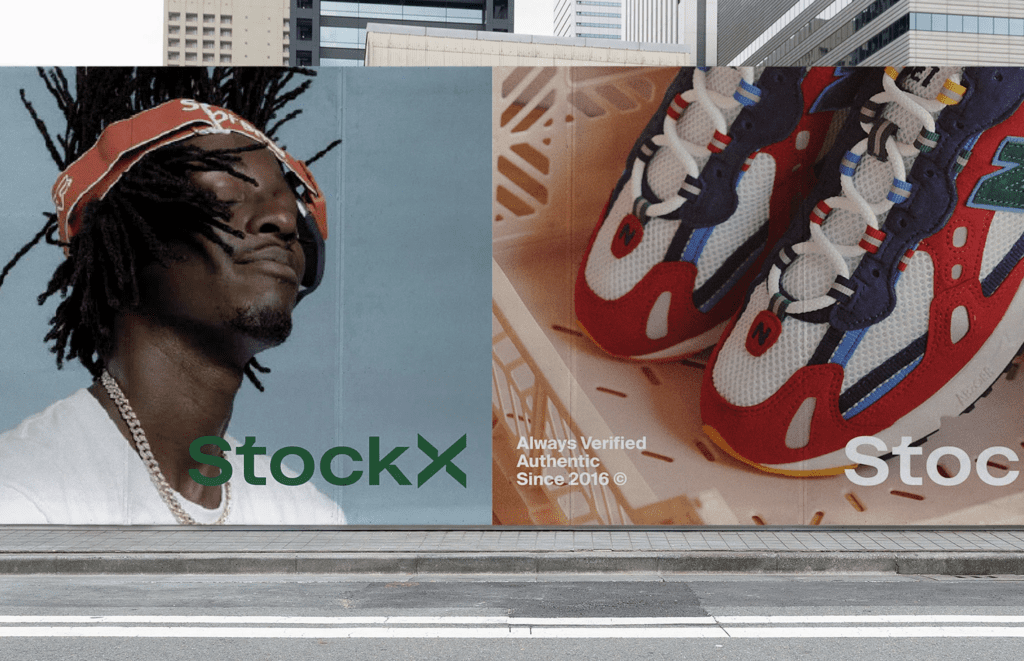In court filings across the globe, luxury brands routinely make the same claim: counterfeit – or otherwise infringing – goods are shoddy imitations, made with inferior materials and workmanship, likely to confuse consumers (initially, at least) and harm brand equity. These assertions form the backbone of trademark infringement and counterfeiting complaints. But behind the scenes, a different reality is quietly shaping the enduring flow of litigation: the rise of the so-called “super fake.”
“Superfakes” – a term that has gained currency among luxury goods buyers and counterfeit-watchers alike – are replicas of luxury goods that are nearly indistinguishable from the real thing. These products often match the original in terms of stitching, hardware, leather quality, and packaging. These fakes “are getting so good, that it comes down to inside etchings, or nine stitches instead of eight,” an unnamed authenticator told the New York Times. “Sometimes you really have no idea” if a bag is real or fake. Behind many of these offerings are small workshops capable of creating very high-quality products thanks to “a combination of skillful artisanship and high-quality raw materials.”
In some cases, former factory employees or insiders are believed to leak or duplicate production templates, creating a market of goods that walk, talk, and feel like the real thing. Some are even believed to be made within the same supply chains as authentic products, by individuals with intimate knowledge of the originals.
More Lawsuits and a Careful Strategy
The emergence of superfakes is not only generating New York Times headlines, it is impacting the enforcement priorities of brands that have lagged in their U.S. enforcement efforts. For some luxury and premium brands, particularly those headquartered outside the United States, trademark enforcement in the U.S. has often taken a back seat to European litigation or quiet take-down strategies. These companies may have viewed the American enforcement landscape – where discovery is expensive and litigation is public – as particularly burdensome.
But the increasing sophistication of counterfeits – including those that have trickled into legitimate retail and resale channels – is altering that cost-benefit analysis and prompting a noticeable shift.
A growing number of brands that once de-prioritized U.S. litigation are now pursuing more frequent litigation. In short, the presence of superfakes in the American market has raised the stakes when it comes to counterfeiting and lowered the tolerance for passivity.
Regardless of whether counterfeit-lawsuit-filing parties are newer domestic enforcers or those that have routinely been aggressive in policing their trademarks in the U.S., one thing is the same: While the quality of some portion of counterfeits – the “superfakes” of the world – is up, brands steadfastly maintain in legal documents that counterfeit goods broadly amount to “cheap knockoffs” or “low-quality imitations.” In at least some cases, this narrative is outdated – and that is strategic.
Admitting in court filings that counterfeit goods are nearly indistinguishable from authentic ones would be legally and commercially perilous. It complicates the traditional enforcement narrative in trademark law. While courts define a counterfeit as a mark that is “identical or substantially indistinguishable” from a registered trademark – regardless of the item’s quality – brands have long relied on the argument that counterfeit goods are of inferior workmanship, posing risks to consumer trust and brand equity. This framing helps justify broad remedies and supports claims of reputational.
A Looming Anti-Counterfeiting Challenge
The rise of superfakes challenges this framing. When a fake is virtually indistinguishable, the usual claims about consumer deception based on quality degradation become harder to assert. The harm shifts from one of misled consumers receiving substandard goods to a more abstract injury: the erosion of brand exclusivity, loss of control over distribution, and the potential dilution of the brand’s perceived rarity.
Although trademark law does not require counterfeits to be inferior to be actionable, admitting their indistinguishability can undermine key aspects of enforcement – particularly the persuasive narrative that luxury brands are protecting consumers from subpar imitations. The more the counterfeits resemble the genuine article, the more enforcement begins to look like a battle over market control, not consumer protection.
Ultimately, the influx of superfakes is not just a test of legal doctrine; it is a challenge to the luxury sector’s carefully constructed messaging around authenticity, quality, and control. While brands continue to rely on the familiar language of inferior goods and confused consumers in court, the reality they are confronting is far more complex. As counterfeiters become more sophisticated and the line between real and fake continues to blur, the luxury industry’s legal strategies will face increasing scrutiny – not only from courts but from consumers, resale platforms, and regulators.
The question going forward is not whether brands will litigate, but whether the old enforcement playbook will hold up against a new generation of counterfeits that look – and sometimes feel – every bit as real.














